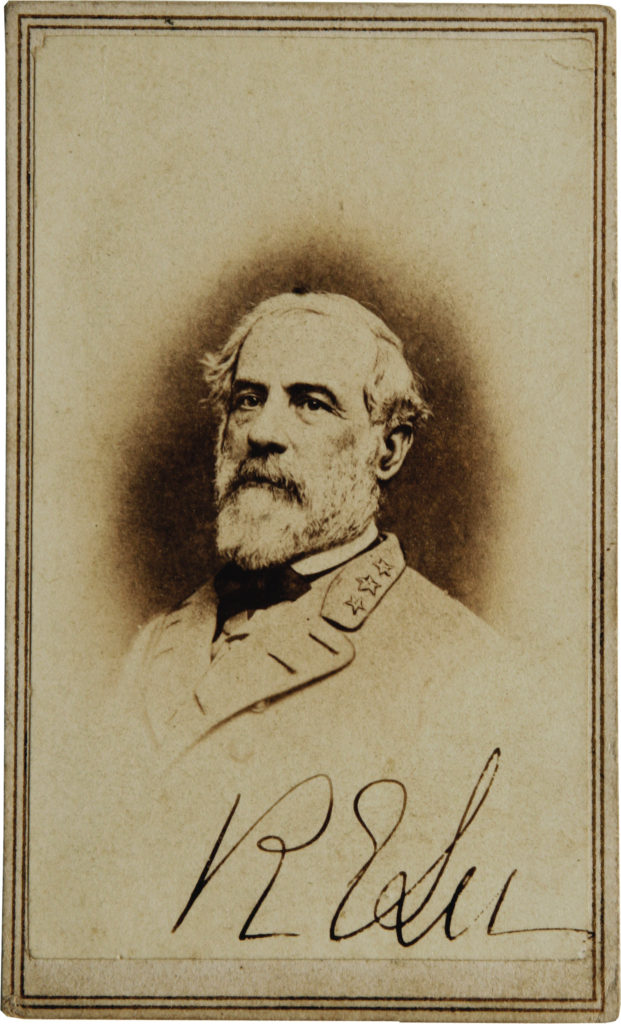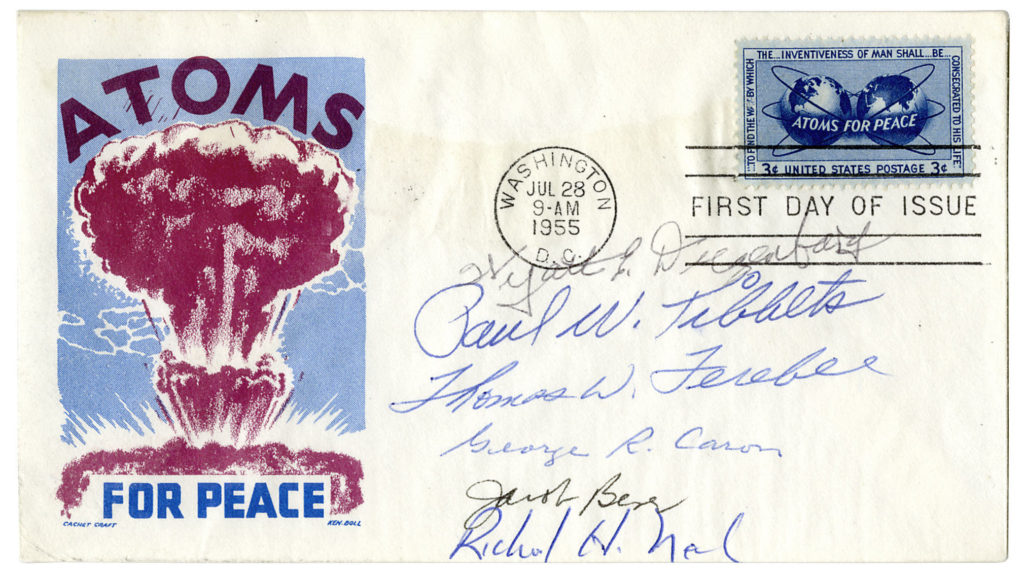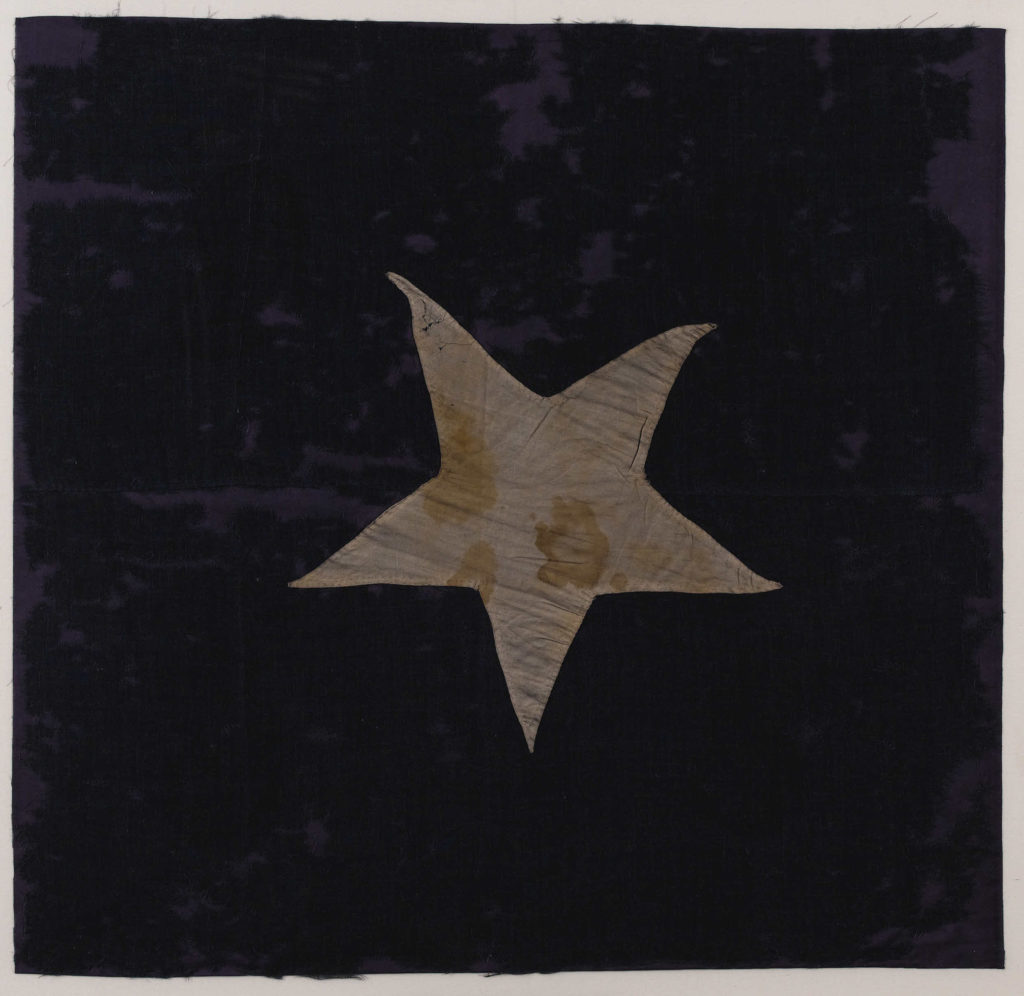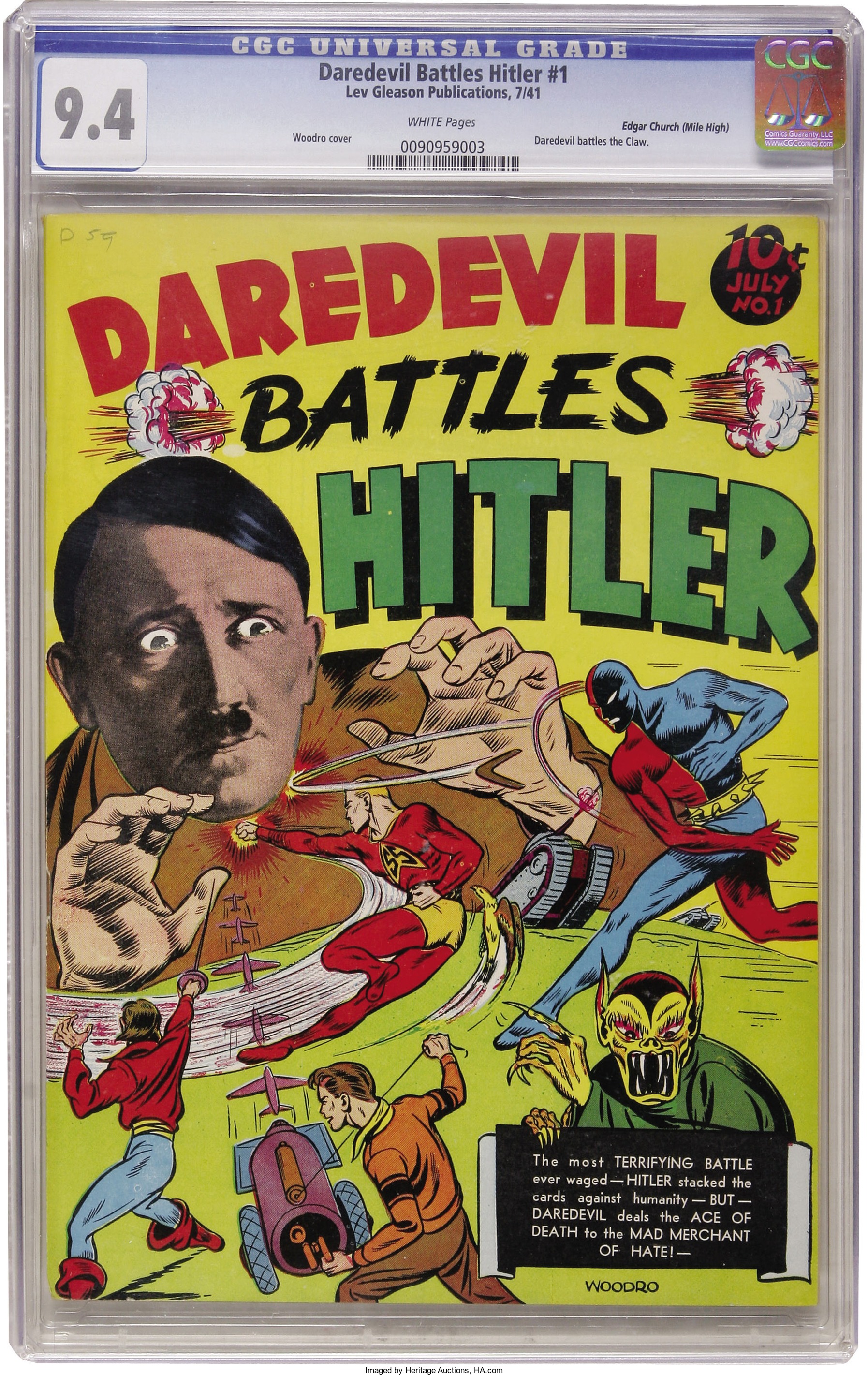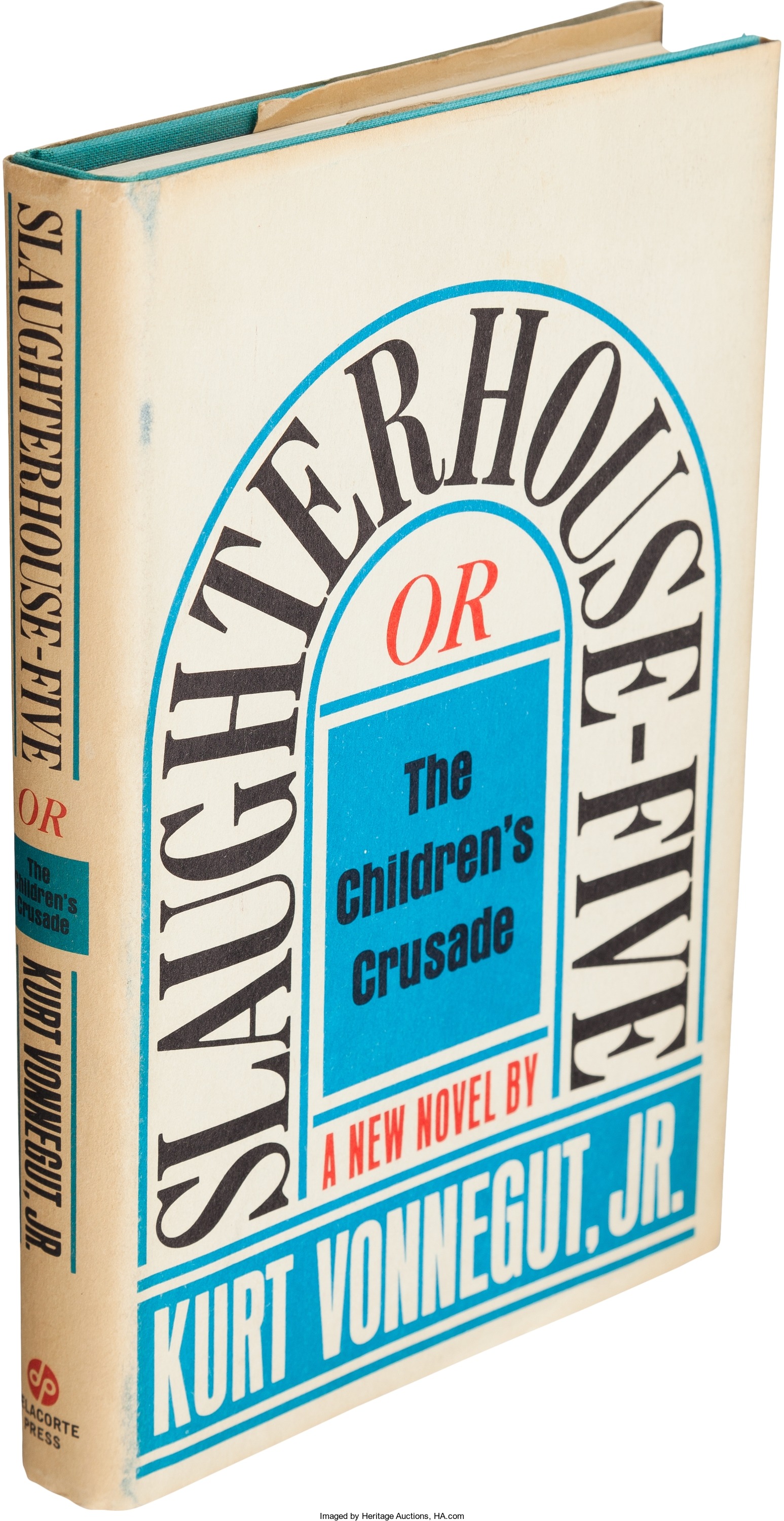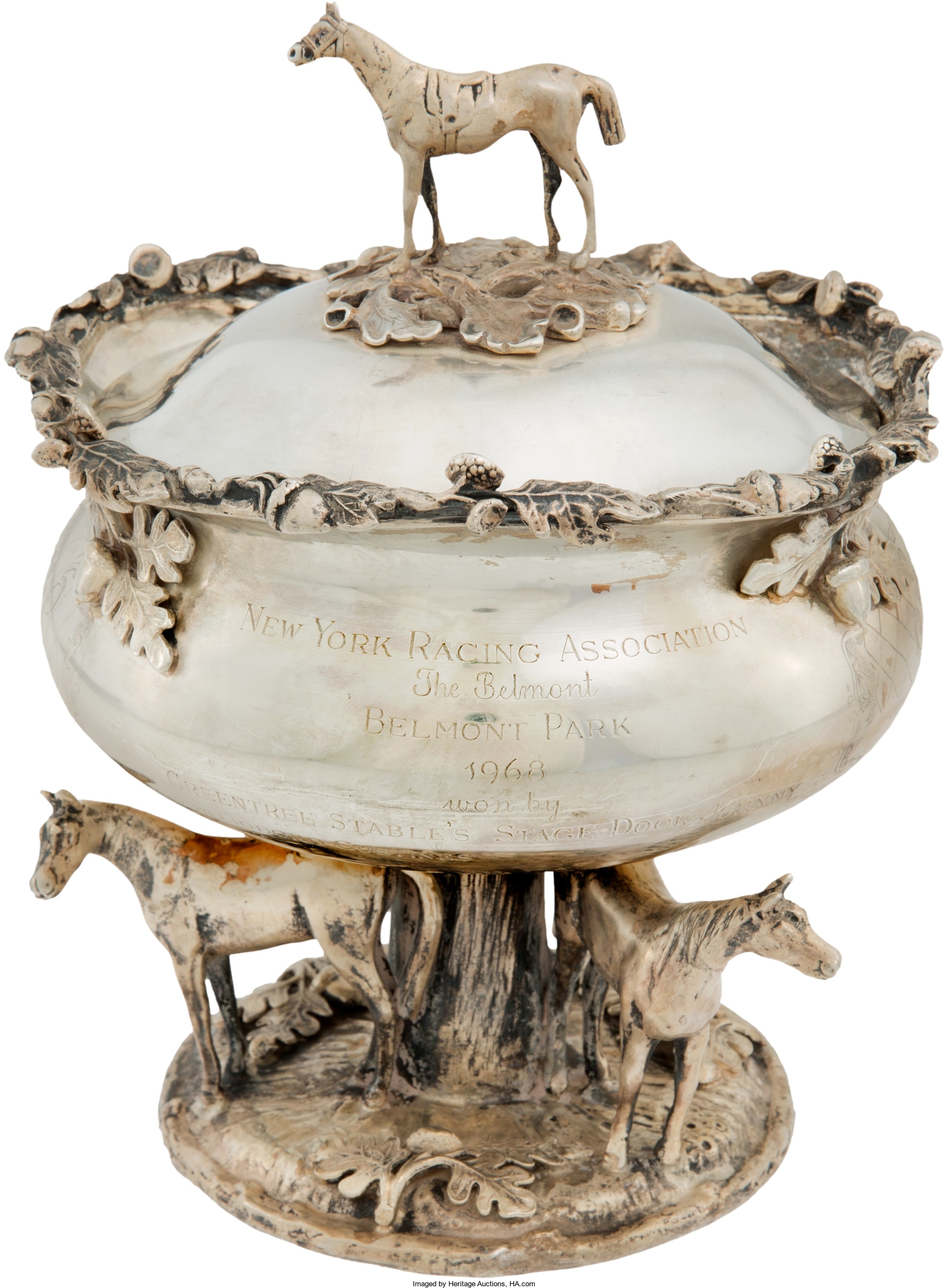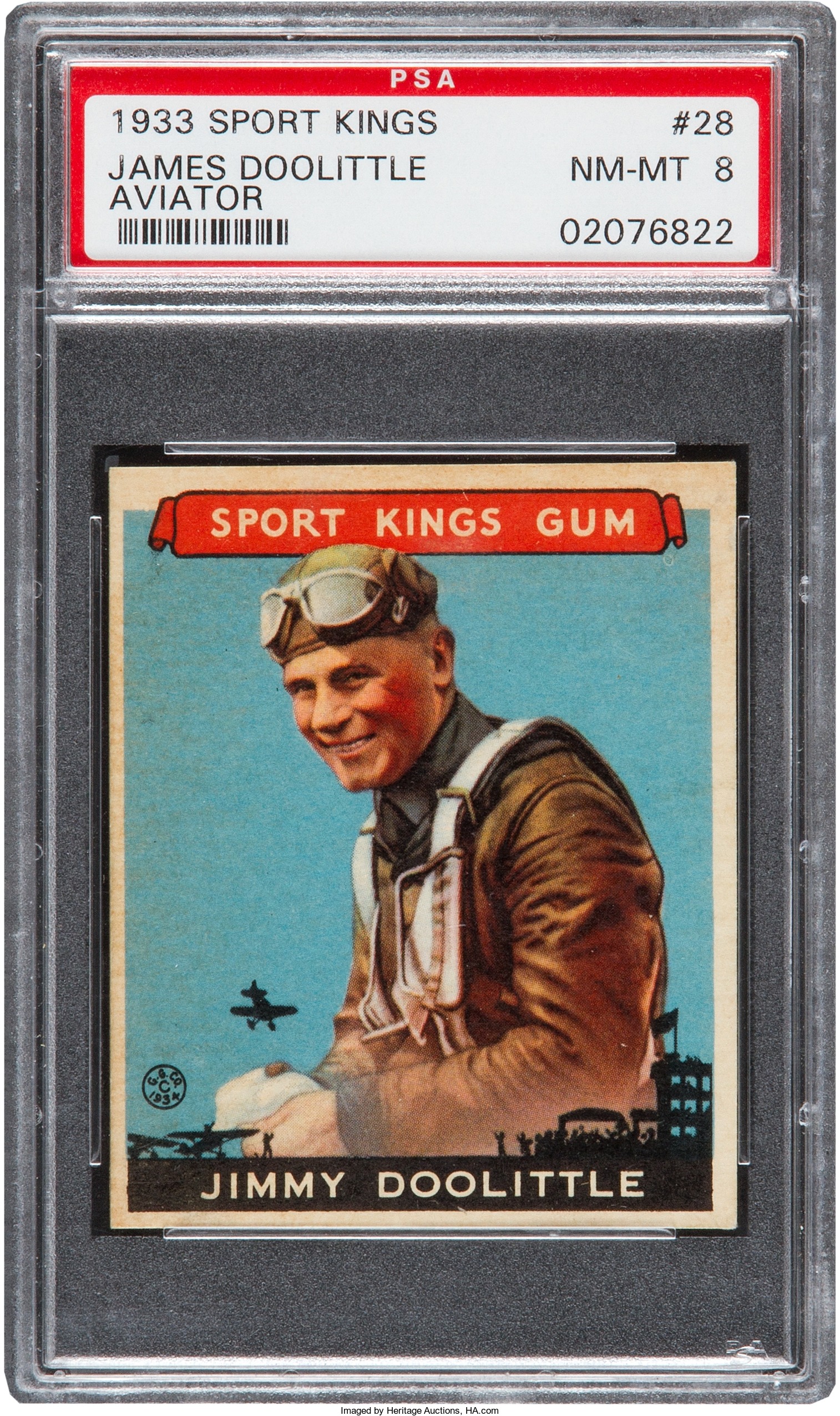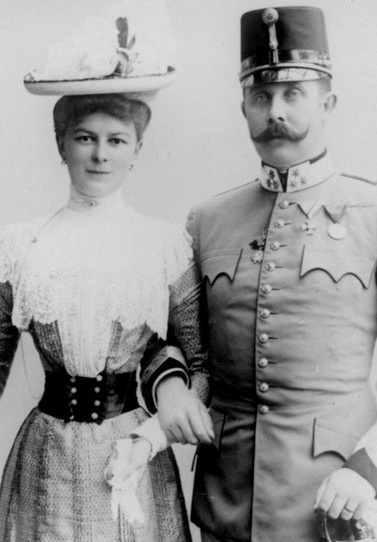
By Jim O’Neal
Gavrilo Princip was a 19-year-old student at the beginning of 1914, immersed in the study of ethics and politics. He was born to a kmet family (the Serbian version of a serf) in Austrian-controlled Bosnia and grew up in extreme poverty. Like many other young Serbs, he had grown frustrated with the conditions under the Austro-Hungarian empire and dreamed of liberating them to join the Serbian kingdom next door.
Princip chose Sunday, June 28, 1914, to stake his claim on history.
When Archduke Franz Ferdinand – heir apparent to the Austro-Hungarian throne – prepared to visit Sarajevo on that date, Princip and six other members of the Black Hand terrorist group planned his assassination. None of them had ever handled a gun and they only knew their target was in line to succeed Franz Joseph.
On the morning of June 28, as Franz Ferdinand and his wife Sophie climbed into the back of a black convertible sedan, the seven plotters took their positions along a parade route in the Bosnia capital. The first two assassins to encounter them lost their nerve and fled. A third lobbed a grenade toward the car and missed, striking the car behind Ferdinand’s and then bungled his own suicide by not swallowing enough cyanide.
But fate decided to give the murderers another chance.
When Ferdinand resumed the tour an hour later, his driver took a wrong turn and ended up five feet from where Princip was standing in front of a delicatessen. Princip fired two shots directly into the car, killing both Ferdinand and Sophie.
The archduke’s murder triggered a feud between Austria-Hungary and Serbia that prompted Russia to come to the aid of the Serbs. Germany decided to aid the Austrians, and France jumped in to help Russia, and England to aid Belgium (which had been overrun by German troops on the way to invade France). The politicians justified their actions by pointing to carefully worded alliances that required mutual action.
There were some superficial attempts at diplomacy, but at 10 a.m. on Aug. 2, 1914, a group of German cavalrymen attacked a French sentry post on the border town of Belfort and gunfire was exchanged.
World War I, fought over little consequence, had begun and millions would suffer.
 Intelligent Collector blogger JIM O’NEAL is an avid collector and history buff. He is President and CEO of Frito-Lay International [retired] and earlier served as Chairman and CEO of PepsiCo Restaurants International [KFC Pizza Hut and Taco Bell].
Intelligent Collector blogger JIM O’NEAL is an avid collector and history buff. He is President and CEO of Frito-Lay International [retired] and earlier served as Chairman and CEO of PepsiCo Restaurants International [KFC Pizza Hut and Taco Bell].


